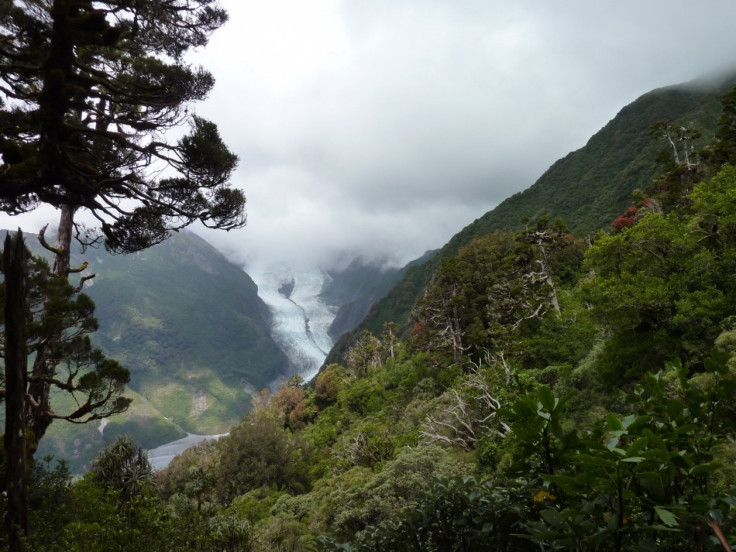New Zealand’s Islands May Be Rechristened Under Old Maori Names

New Zealand may restore the ancient Maori names of the two large islands that form the archipelago country.
The New Zealand Geographic Board, the country’s statutory naming authority, has submitted for public consultation a proposal to formally endorse use of the alternate Maori names of what are now simply called “North Island” and “South Island” -- “Te Ika-a-Maui” and “Te Waipounamu,” respectively.
Te Ika-a-Maui means “the fish of Maui,” while Te Waipounamu translates to “the waters of greenstone” (a reference to jade found in abundance on the southern island).
TV-NZ reported that once the measure is passed both the English and Maori names would be used together or individually.
Interestingly, the current English names of the two islands have never actually been official despite their long-term common usage, according to NZGB’s chairman, Dr. Don Grant.
"This is a matter of great historical and cultural significance for New Zealand, so we want to consult with the wider New Zealand public," Grant told the Daily Telegraph.
"This is part of our country's history of European exploration and the settlement of New Zealand… The NZGB agreed in principle ... both islands should also be assigned Maori alternative names, and that all of the names should be formalized at the same time," he said.
NZGB also noted that the Maori names had been in common use on official government maps until the 1950s – it is unknown why that practice stopped.
The Telegraph also said Maori groups in the country have welcomed the name additions, but that it may trigger some controversy among the dominant white population.
According to the CIA World Factbook, almost 60 percent of New Zealanders are descended from Europeans, while Maoris account for about 7.4 percent of the population.
However, David Shearer, leader of the opposition Labour Party, supports the naming measures.
"I've got to say, when you stand back and look at North and South Islands, it's a little bit unimaginative,” he said.
"As far as Maori names go, if we want to have Maori names I'm all for it."
According to historical accounts, the Maoris did not have a collective name for both islands (otherwise, the government would have likely proposed an alternate Maori name for the country as a whole).
Ironically, the very name “New Zealand” goes back not to the British seafarers who came to dominate the country, to but to a Dutchman named Abel Janszoon Tasman, who is believed to be the first European to set foot on the islands in 1642.
Tasman named the islands “Staten Landt” because he mistakenly believed the territory was connected to the land which another Dutch explorer, Jacob Le Maire, saw off the coast of Tierra del Fuego, now off the southern coast of present-day Argentina (6,000 miles to the east). It was beleived at the time that a huge southern continent linked the two.
Eventually, Dutch mapmakers changed the name of Tasman’s discovery to “Nova Zeelandia” (in Latin) or “Nieuw Zeeland” (in Dutch) in honor of the Dutch province of Zeeland.
The name stuck even after Britain’s Captain Cook sailed to the islands in the following century – but he anglicized it to “New Zealand.” Meanwhile, the Dutchman's name lives on the Australian island of Tasmania.
© Copyright IBTimes 2024. All rights reserved.











